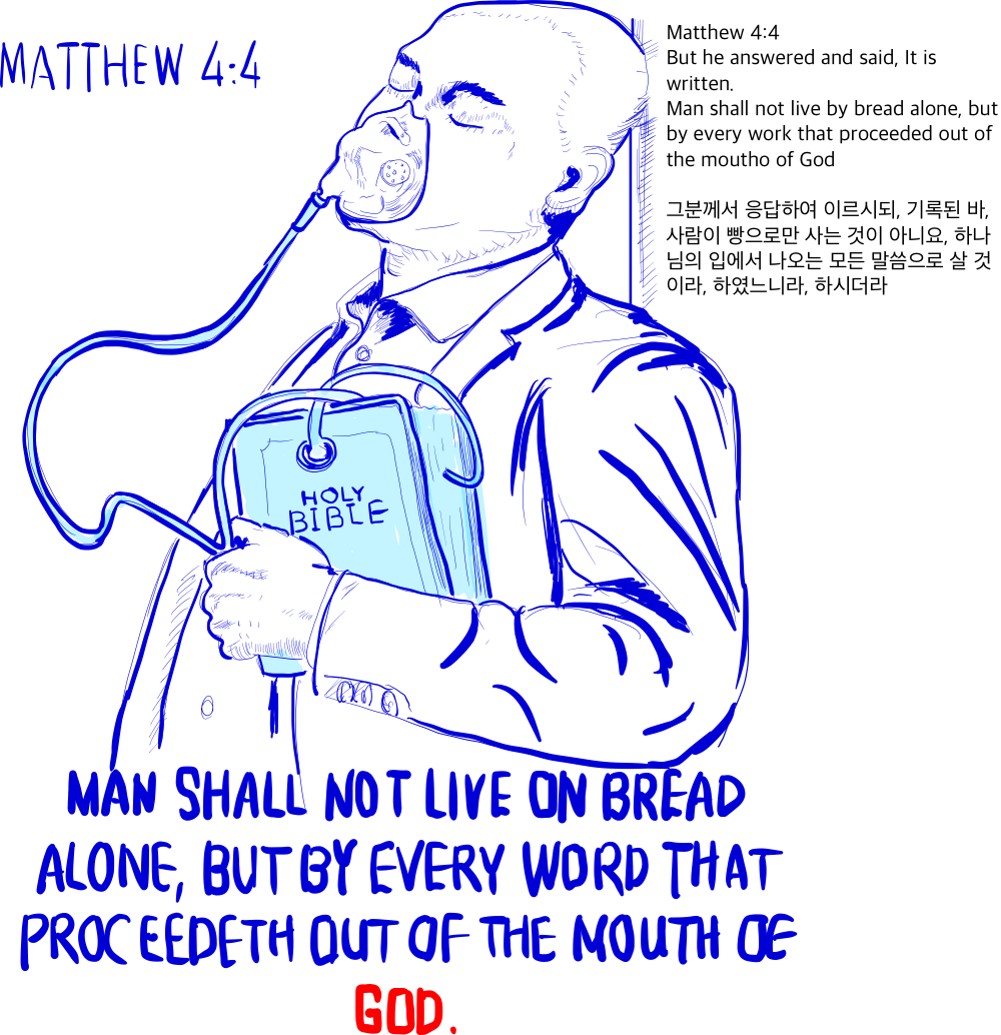고관절(엉덩관절) 통증 평가를 위한 이학적 검사는 Table 1 과 같다 .

FABER = 굴곡(굽힘), 외전(벌림), 외회전(바깥돌림);
FADIR = 굴곡(굽힘), 내전(모음), 내회전(안쪽돌림);
ROM = 운동 범위;
SCFE = 미끄러진 대퇴골 골단
보행 분석 및 자세 평가 ( 그림 1 ) 로 시작하여 앉은 자세, 앙와위 자세, 옆 자세 및 엎드린 자세 ( 그림 2 ~ 6 및 e그림 B ) 에서 환자를 평가해야 합니다.
| 그림1: 보행 분석 및 자세 평가 |
보행 테스트. (A) C 기호. 환자는 엄지와 집게 손가락으로 "C"자 모양으로 고관절 전외측부를 움켜쥐어 통증을 국소화하는 경우가 많습니다. (B) 보행 분석. 환자는 절뚝거리거나 통증이 있는 보행 특성을 평가하기 위해 걷는 동안 관찰됩니다. (C) 수정된 Trendelenburg 테스트(단일 다리 입각기). 환자는 양발을 어깨너비로 벌리고 서서 한쪽 다리를 들어 올립니다. 검사자는 들어올린 다리 쪽의 장골능(엉덩뼈능선) 높이가 떨어지는지 관찰합니다.

Gait testing.
(A) C sign. Patients often localize pain by cupping the anterolateral hip with the thumb and forefinger in the shape of a “C.”
(B) Gait analysis. The patient is observed while walking to evaluate for limp or antalgic gait characteristics.
(C) Modified Trendelenburg test (single leg stance phase). The patient stands with feet shoulder width apart and lifts one leg. The examiner observes for a drop in the level of the iliac crest on the side of the lifted leg.
| 그림2 : |
고관절(엉덩관절) 운동 범위 테스트(사진은 정상적인 운동 범위를 보여줍니다).
(A) 벌림 (B) 모음 (C) 폄 (D) 안쪽 및 가쪽 돌림




Hip range-of-motion testing (photos demonstrate normal range of motion). (A) Abduction. (B) Adduction. (C) Extension. (D) Internal and external rotation.
| 그림3 : |
FABER 테스트(굴곡, 외전, 외회전, 패트릭 테스트).
검사자는 다리를 45도 굴곡시킨 다음 (A) 외회전 및 (B) 발목이 반대쪽 다리의 무릎 근위부에 놓이도록 다리를 외전합니다.


FABER test (flexion, abduction, external rotation; Patrick test). The examiner moves the leg into 45 degrees of flexion, then (A) externally rotates and (B) abducts the leg so that the ankle rests proximal to the knee of the contralateral leg.
| 그림4 : |
FADIR 테스트(굴곡, 내전, 내회전, 충돌 테스트).
검사자는 다리를 수동적으로 (A) 완전 굴곡, (B) 내전 및 내회전으로 움직입니다.


FADIR test (flexion, adduction, internal rotation; impingement test).
The examiner passively moves the leg into (A) full flexion, then into (B) adduction and internal rotation.
| 그림5 : |
로그 롤 테스트(수동적 앙와위 회전, Freiberg 테스트). 검사자가 다리를 내부 및 외부 회전(로그 롤)할 때 환자의 다리가 검사 테이블에서 확장되고 이완됩니다.

Log roll test (passive supine rotation; Freiberg test). Patient's leg is extended and relaxed on examination table as the examiner internally and externally rotates the leg (log roll).
| 그림6 : |
저항 테스트에 대한 스트레이트 레그 레이즈(Stinchfield 테스트). 검사자가 허벅지에 힘을 가하는 동안 환자는 똑바로 다리를 45도로 들어 올립니다.

Straight leg raise against resistance test (Stinchfield test). The patient lifts the straight leg to 45 degrees while the examiner applies downward force on the thigh.
| 그림7 : |
Ober 테스트(수동 내전). 환자는 검사 테이블에 영향을 받지 않은 고관절을 놓고 옆으로 눕습니다. 검사자는 한 손으로 환자의 엉덩이를 잡고 다른 한 손으로 아래 다리를 받치고 환자 뒤에 선다.
(A) tensor fasciae latae를 평가하기 위해: 엉덩이와 무릎은 0도 신전 상태로 유지되고 중력과 함께 수동적으로 내전되도록 허용됩니다.
(B) 중둔근(중간볼기근): 고관절은 신전 0도, 무릎 굴곡 45~90도를 유지합니다.
(C) 대둔근(큰볼기근)(The gluteus maximus): 어깨는 테이블 쪽으로 뒤로 회전되며, 엉덩이는 굴곡되고 무릎은 신전됩니다.



Ober test (passive adduction). The patient is positioned on his or her side, with the unaffected hip on the examination table. The examiner stands behind the patient with one hand on the patient's hip, and the other hand supporting the lower leg. (A) To evaluate the tensor fasciae latae: The hip and knee are held at 0 degrees of extension and allowed to passively adduct with gravity. (B) The gluteus medius: The hip is held at 0 degrees of extension and 45 to 90 degrees of knee flexion. (C) The gluteus maximus: The shoulders are rotated back toward the table, with the hip in flexion and knee in extension.
* 원문 출처: https://www.aafp.org/pubs/afp/issues/2014/0101/p27.html
'3_물리치료 Healing is Voltage' 카테고리의 다른 글
| 📌BPPV 현기증 진단 - Dix Hallpike 기법 (0) | 2022.08.09 |
|---|---|
| 🚑 무릎관절 수술 후 운동 (0) | 2022.08.06 |
| 엉덩이 통증 : 1 통증 위치 (0) | 2022.08.02 |
| 손목 통증 (0) | 2022.07.31 |
| 무릎연골주사의 모든 것 (0) | 2022.07.31 |




